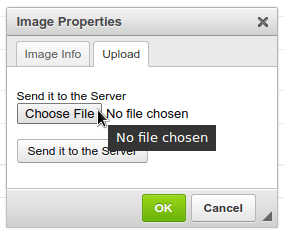
Refreshing Nested Set Tree Indexes in Symfony
Symfony command for recalculating indexes of a Nested Set tree.

Uploading files in Symfony
Uploading files in Symfony is conceptually no different from other PHP platforms, but still has its own peculiarities due to the presence of additional tools provided by the framework.
Symfony Blog Bundle
HarentiusBlogBundle - a bundle for a blog/simple portal.